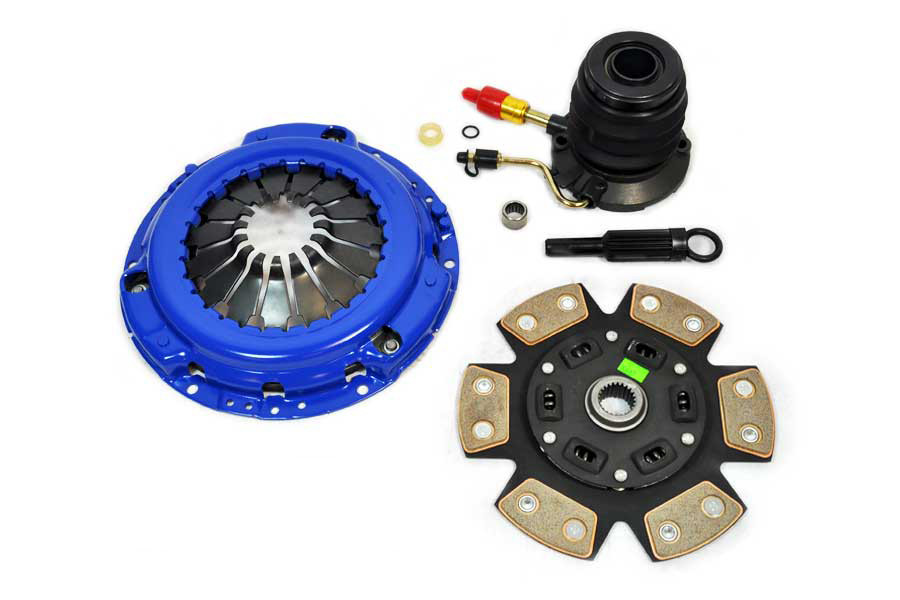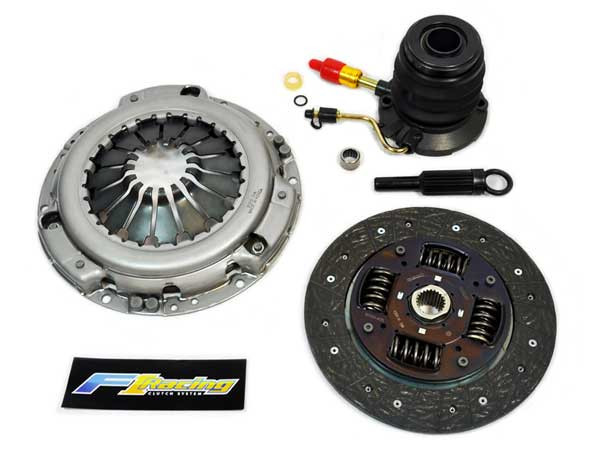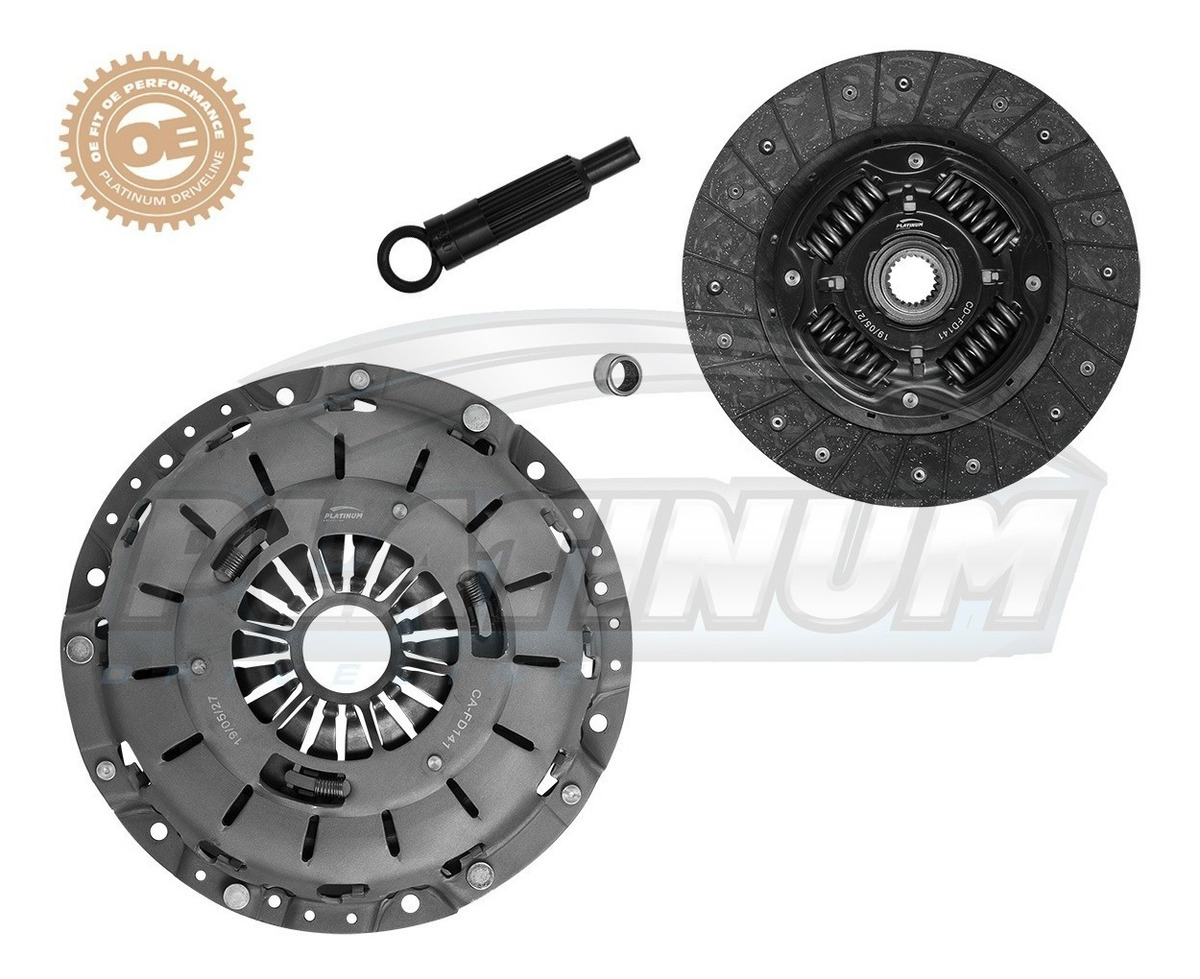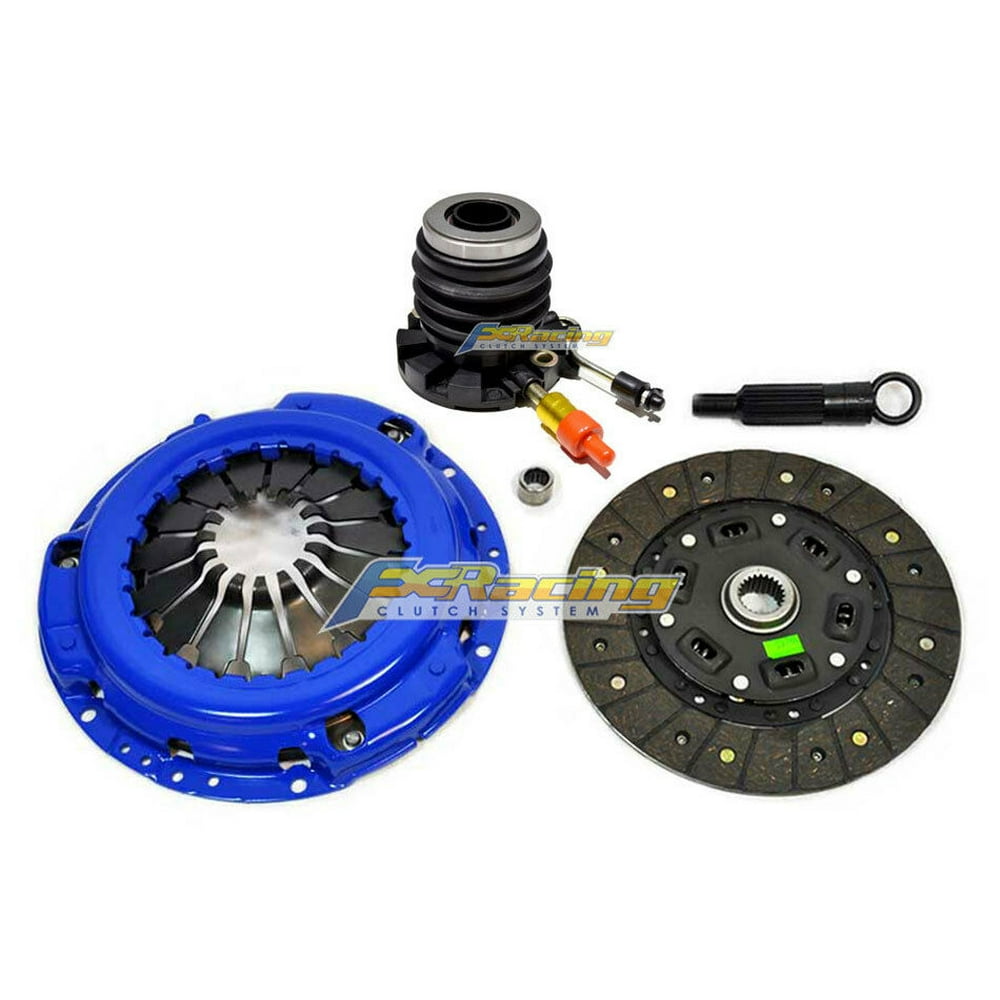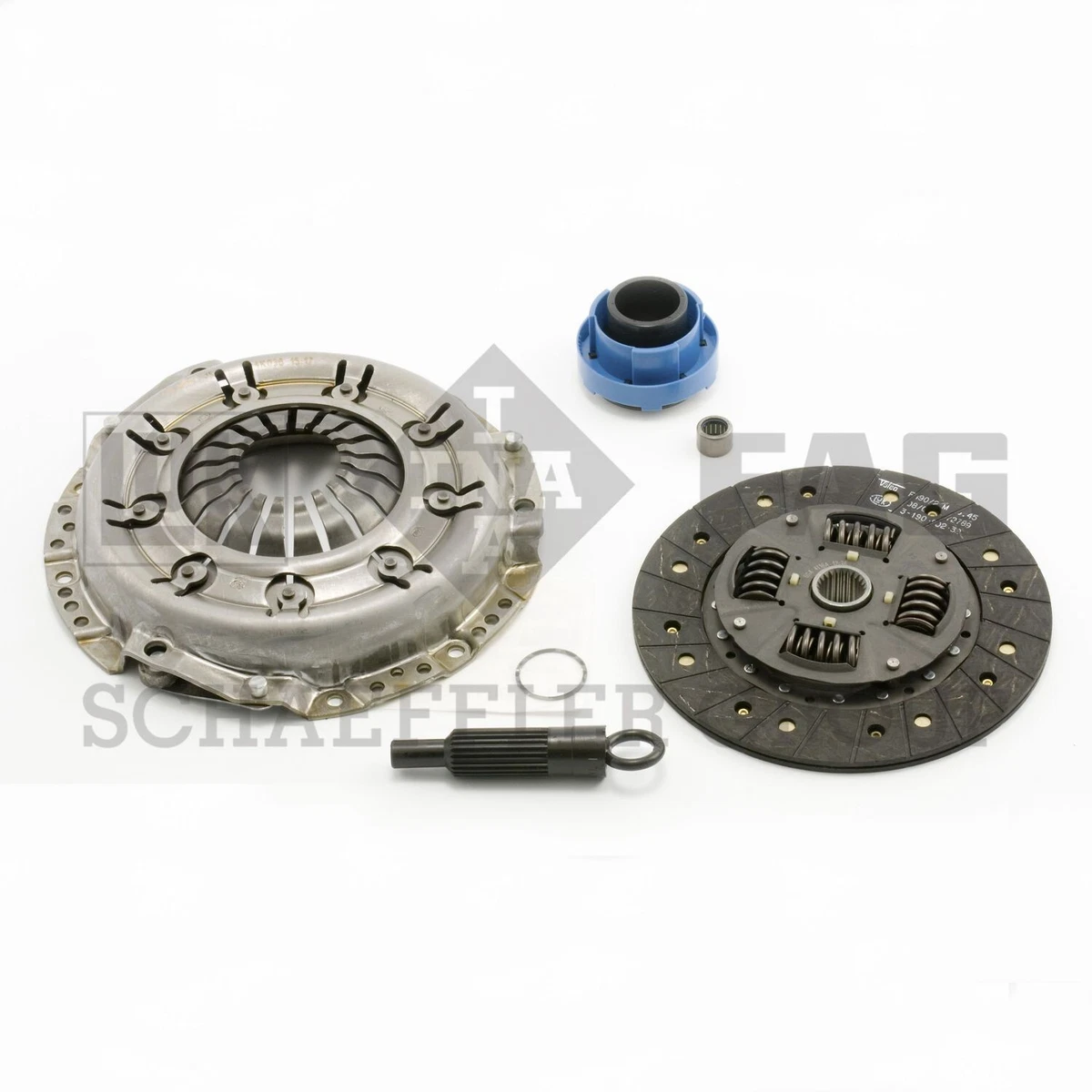1995 Ford Ranger Clutch Replacement

The telltale shudder. The grinding gears. The increasingly difficult shifts. For owners of the venerable 1995 Ford Ranger, these symptoms often point to one unavoidable truth: the clutch is failing. This isn't just an inconvenience; it's a critical mechanical issue that can sideline a dependable workhorse, potentially leaving owners stranded and facing significant repair costs.
Replacing the clutch on a 1995 Ford Ranger, a vehicle lauded for its durability and simplicity, is a common but complex undertaking. The procedure requires a blend of mechanical skill, specialized tools, and a thorough understanding of the vehicle's drivetrain. While some experienced DIY enthusiasts may tackle the job themselves, many owners opt for professional service to ensure proper installation and long-term reliability.
The Anatomy of a Clutch Replacement
The 1995 Ford Ranger's clutch, like those in most manual transmission vehicles, is a friction-based system responsible for engaging and disengaging the engine from the transmission. This allows the driver to shift gears and control the vehicle's power delivery. Over time, the clutch disc wears down due to friction, heat, and repeated use. This leads to slippage, difficulty shifting, and eventually, complete clutch failure.
The replacement process begins with disconnecting the battery and safely lifting the vehicle. The driveshaft must be disconnected, followed by the removal of the transmission. This step alone can be challenging, requiring careful maneuvering and the use of a transmission jack.
Essential Components and Common Issues
Once the transmission is removed, the old clutch assembly is accessible. This includes the clutch disc, pressure plate, and throw-out bearing. Technicians typically recommend replacing all these components simultaneously to ensure optimal performance and prevent premature failure of individual parts. OEM (Original Equipment Manufacturer) parts are often preferred for their quality and compatibility, though aftermarket options are available.
During the inspection, it's crucial to examine the flywheel for damage or wear. If the flywheel is scored or warped, it may need to be resurfaced or replaced. Failing to address the flywheel can lead to premature wear of the new clutch disc. Improperly resurfaced or damaged flywheels can cause clutch chatter or vibration.
Another critical area to inspect is the pilot bearing, which supports the input shaft of the transmission. A worn pilot bearing can cause noise and vibration, eventually leading to transmission damage. Replacing the pilot bearing during the clutch replacement is a preventative measure that can save time and money in the long run.
DIY vs. Professional Installation
The decision to perform a clutch replacement as a DIY project depends on several factors, including mechanical skill, access to tools, and available time. While online forums and repair manuals provide valuable guidance, the complexity of the procedure shouldn't be underestimated. A critical mistake can lead to further damage or even personal injury.
Professional mechanics possess the expertise, tools, and experience to perform the job efficiently and correctly. They can diagnose potential issues beyond the clutch itself and ensure that all components are properly installed and adjusted. While professional service comes at a higher cost, it offers peace of mind and reduces the risk of future problems. According to repair cost estimators, a clutch replacement on a 1995 Ford Ranger can range from $800 to $1500, depending on labor rates and the quality of parts used.
"The key to a successful clutch replacement is meticulous attention to detail," says John Peterson, a veteran mechanic specializing in Ford trucks. "It's not just about swapping parts; it's about ensuring everything is properly aligned, lubricated, and torqued to specification."
Preventative Maintenance and Longevity
To prolong the life of a new clutch, practicing proper driving habits is crucial. Avoid riding the clutch, which causes unnecessary friction and heat. Shift smoothly and avoid abrupt starts and stops. Regular maintenance, such as checking the clutch cable adjustment and ensuring proper lubrication, can also contribute to longer clutch life. Regularly scheduled transmission fluid changes are critical for maintaining the health of the entire system.
The 1995 Ford Ranger remains a popular choice for its reliability and affordability. While clutch replacement is a common repair, understanding the process and making informed decisions can help owners keep their trucks on the road for years to come.
Ultimately, whether you choose the DIY route or seek professional assistance, addressing a failing clutch promptly is essential for maintaining the performance and safety of your 1995 Ford Ranger. Ignoring the symptoms can lead to more extensive and costly repairs down the line.




